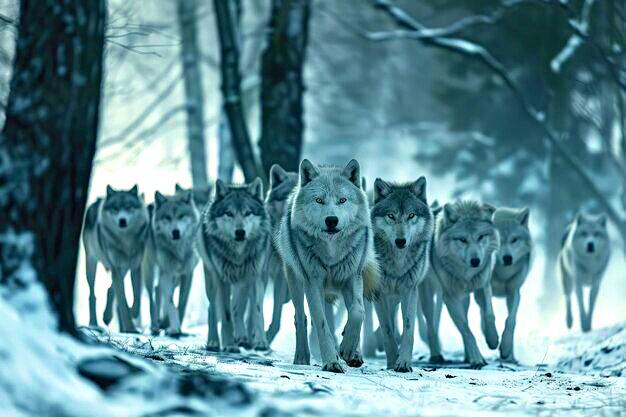
The American wilderness is echoing once again with the haunting howls of wolves, as a massive pack has been discovered roaming the forests of the Northwestern United States. This resurgence is more than just a wildlife headline, it’s a story of resilience, ecological balance, and the power of conservation efforts. Here’s a closer look at what’s fueling the comeback of these iconic predators and why their return matters so much.
A Record-Breaking Pack Emerges
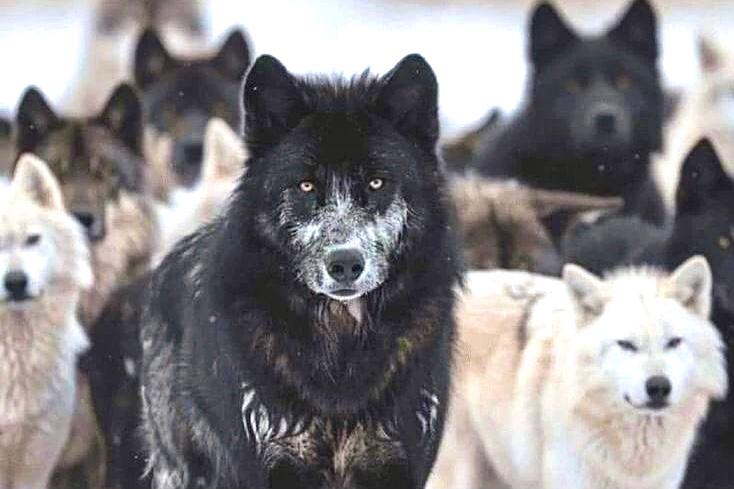
The discovery of America’s largest wolf pack in the dense forests of the Northwest is turning heads in the wildlife community. Unlike typical packs that are made up of a single family, this mega-pack brings together several family units under one social structure. Scientists have tracked their movements using GPS collars and drones, revealing a level of cooperation and hierarchy rarely seen in the wild. This extraordinary formation signals that wolves are thriving in numbers that haven’t been recorded in modern times, suggesting that the ecosystem is supporting their growth and stability like never before. Source: animalsaroundtheglobe.com
Wolves as Ecosystem Engineers
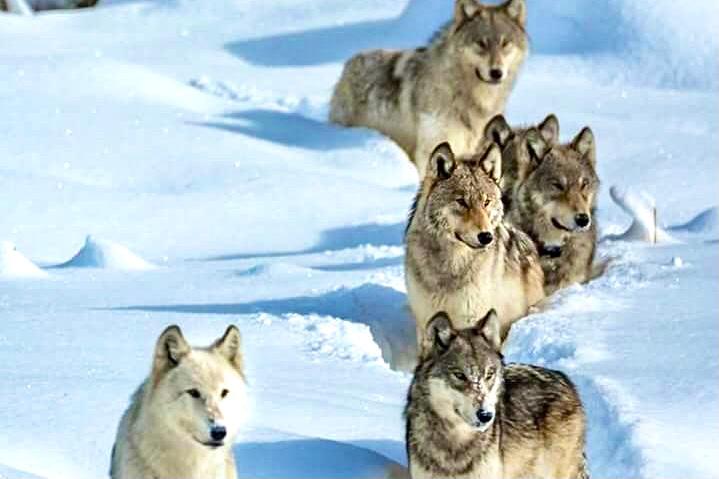
Wolves are more than just top predators; they’re key players in maintaining the health of their habitats. The presence of a large pack means more effective regulation of prey species, such as deer and elk, which in turn allows plants and forests to regenerate. This ripple effect, known as a trophic cascade, benefits countless other species and helps restore natural balance. Experts point out that the return of wolves often leads to increased biodiversity, healthier waterways, and more robust plant life, all thanks to their role at the top of the food chain. Source: animalsaroundtheglobe.com
The Power of Conservation and Reintroduction
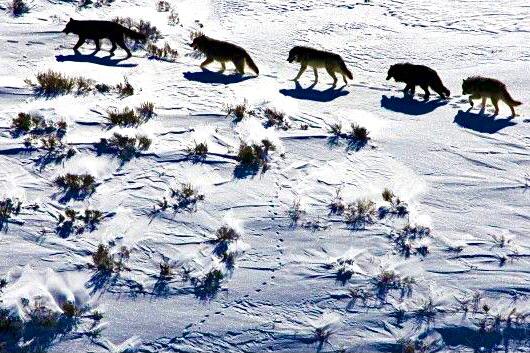
The road to this wolf comeback hasn’t been easy. Decades ago, wolves were nearly wiped out in much of the United States due to hunting, trapping, and habitat loss. The turning point came in 1995, when the first of 41 wild wolves from Canada and northwest Montana were released into the Yellowstone National Park, setting the stage for their recovery. Protected status, careful management, and public education campaigns have all played a part in giving wolves the space and security they need to rebuild their populations. Source: unofficialnetworks.com
Abundant Prey and Expanding Territories
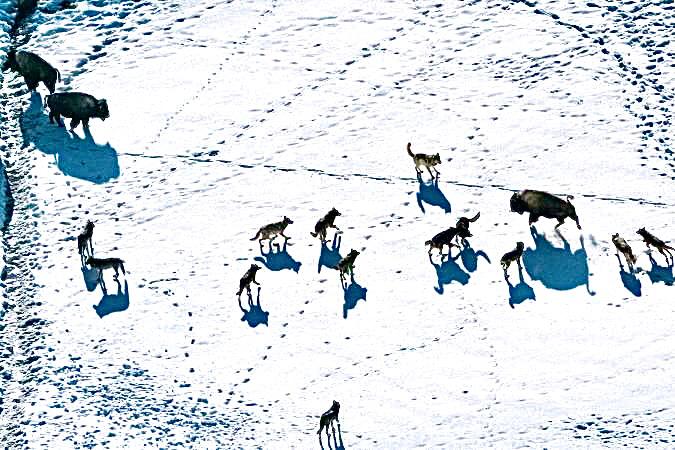
One reason this wolf pack has grown so large is the abundance of prey in their territory. Regions rich in deer, elk, and even bison provide ample food, reducing competition within the pack and supporting larger, more stable groups. This bounty allows wolves to expand their territories, venture into new areas, and even form new packs, as seen in places like California where the number of packs is steadily rising. The availability of prey is a crucial factor in sustaining these large groups and ensuring their continued success. Source: unofficialnetworks.com
Challenges and Opportunities
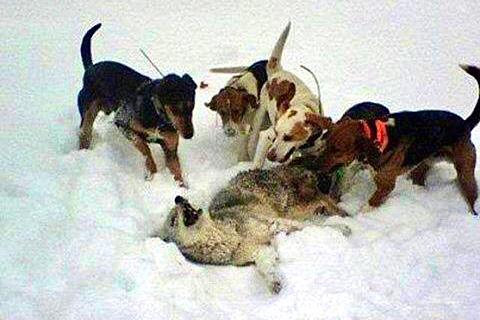
While the comeback of America’s wolves is a conservation success story, it’s not without its challenges. Managing human-wolf conflicts, protecting livestock, and navigating the complex politics of wildlife management remain ongoing issues. Still, the discovery of such a massive pack is a hopeful sign that with continued vigilance and cooperation, wolves can reclaim their place in the American wild. Source: cambridge.org
IF YOU’RE INSPIRED BY THE RETURN OF THESE INCREDIBLE ANIMALS, CONSIDER SUPPORTING LOCAL CONSERVATION GROUPS, LEARNING ANIMALS MORE ABOUT WOLF ECOLOGY, OR EVEN PLAN A RESPECTFUL VISIT TO THE WOLF’S HABITAT. SHARE WITH US IN THE COMMENTS HOW YOU’D LIKE TO CONTRIBUTE TO THIS CAUSE.


